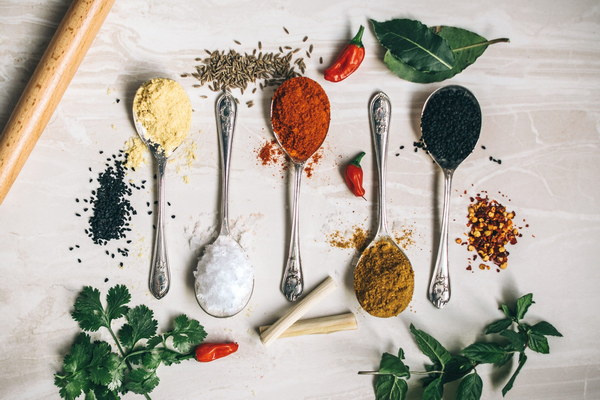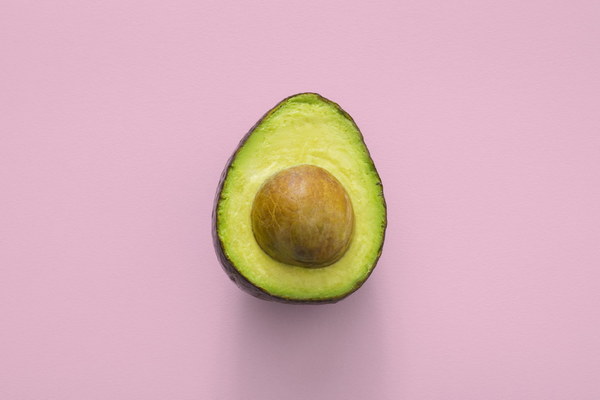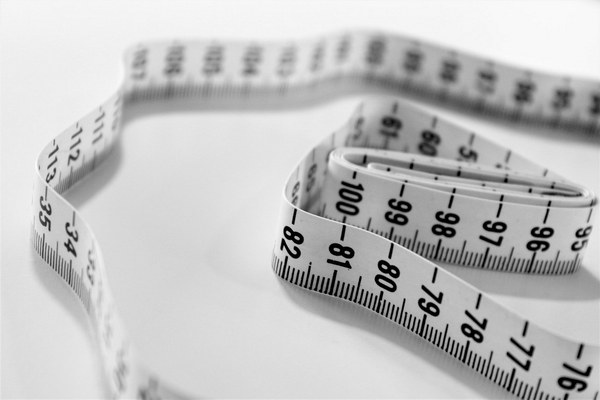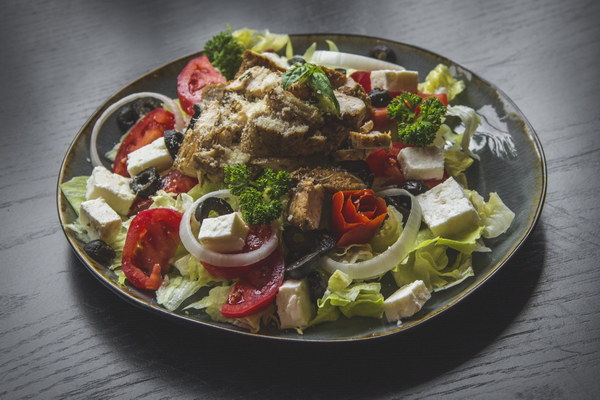Eliminating Lower Limb Dampness The Ancient Art of Moxibustion Explained
In traditional Chinese medicine, dampness is considered an underlying factor that can lead to various health issues, including discomfort and pain in the lower limbs. One of the most ancient and effective methods for treating dampness, particularly in the lower limbs, is through the practice of moxibustion. This article delves into how moxibustion works to alleviate dampness in the lower limbs and the benefits it offers.
Understanding Lower Limb Dampness
Dampness in the lower limbs often manifests as heavy, achy, or swollen legs, which can be quite uncomfortable. It can be caused by a variety of factors, including poor diet, lack of exercise, and exposure to damp environments. In traditional Chinese medicine, dampness is believed to be a result of an imbalance in the body's Yin and Yang, which can lead to congestion and blockages in the meridians, the pathways through which Qi (vital energy) flows.
What is Moxibustion?

Moxibustion is a therapeutic technique that involves burning dried mugwort (Artemisia vulgaris) near the skin to stimulate acupuncture points. The heat produced by the burning mugwort helps to expel cold and dampness from the body, thereby promoting the flow of Qi and blood. This ancient practice is considered a safe and natural way to treat a wide range of conditions, including dampness in the lower limbs.
How Moxibustion Treats Lower Limb Dampness
1. Stimulating Acupuncture Points: Moxibustion is applied to specific acupuncture points that are believed to be effective in treating dampness. These points are located along the meridians that run through the lower limbs, helping to unblock the pathways and restore the flow of Qi and blood.
2. Increasing Blood Circulation: The heat from moxibustion can increase blood circulation, which helps to reduce swelling and inflammation in the lower limbs. Improved circulation also aids in the removal of metabolic waste products, which can contribute to the accumulation of dampness.
3. Heat Therapy: The warmth generated by moxibustion can help to warm the body and expel cold, which is often associated with dampness. By increasing body temperature, moxibustion can help to reduce the sensation of coldness and dampness in the lower limbs.
4. Stimulating the Immune System: Moxibustion has been shown to stimulate the immune system, which can help the body to fight off conditions that contribute to dampness, such as colds and flu.
The Moxibustion Process
When undergoing moxibustion treatment for lower limb dampness, the following steps are typically involved:
1. Consultation: Before starting treatment, a consultation with a qualified practitioner is essential to ensure that moxibustion is the right treatment for your specific condition.
2. Acupuncture Points: The practitioner will identify the specific acupuncture points to be treated based on your individual diagnosis.
3. Application of Moxibustion: The mugwort is either burned directly on the skin (direct moxibustion) or indirectly above the skin (indirect moxibustion) using a moxa stick. The practitioner will adjust the distance from the skin to ensure that the heat is comfortable and effective.
4. Treatment Session: Each session of moxibustion can last from 15 to 30 minutes, depending on the individual's response. Treatment may be administered once or twice a week, depending on the severity of the dampness.
Benefits and Considerations
Moxibustion offers several benefits for treating lower limb dampness, including:
- Non-Invasive: Moxibustion is a natural, non-invasive therapy that does not require medication or surgery.
- Safe: When performed by a qualified practitioner, moxibustion is generally considered safe, with few side effects.
- Customizable: The treatment can be tailored to the individual's specific needs, ensuring a more personalized approach to healing.
However, it's important to note that moxibustion may not be suitable for everyone. Individuals with certain skin conditions, a history of burns, or those taking blood-thinning medications should consult with a healthcare professional before undergoing treatment.
Conclusion
Moxibustion is a time-honored practice that has been used for centuries to treat dampness in the lower limbs. By promoting the flow of Qi, increasing blood circulation, and expelling cold and dampness, moxibustion can provide significant relief from the symptoms associated with dampness. If you are struggling with lower limb discomfort and suspect dampness may be the root cause, consider exploring moxibustion as a natural and effective treatment option.









